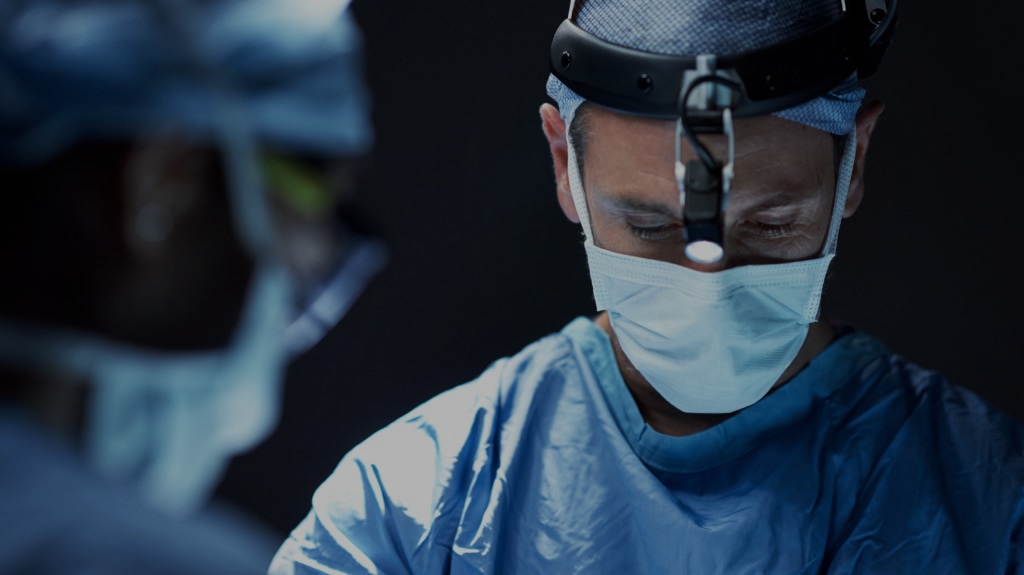Nitrous oxide, also known as dinitrogen monoxide, laughing gas or nitrous, is an inhaled anesthetic that produces insensibility to pain preceded by mild laughing.1 Because inhalation of small amounts of the drug provides a euphoric effect, nitrous oxide is also sometimes used as a recreational drug.1 Nitrous oxide was discovered in 1772 by the English chemist Joseph Priestley, and it was later named by another English chemist, Humphry Davy.1 Nitrous oxide can be used in a variety of ways, including as an anesthetic, a propellant in food aerosols and an additive to fuels to increase available oxygen in combustion.2 Because it is a commonly used anesthetic, especially in dentistry,3 anesthesia providers should be familiar with its biological mechanisms, surgical applications and side effects.
Nitrous oxide is a small and simple inorganic chemical with a scientific abbreviation of N2O.4 Though nitrous oxide is notably effective in analgesia, anxiolysis and anesthesia, its mechanisms of action are not well understood.2 However, it is clear that nitrous oxide works through actions on neurotransmitters and their receptors. Recent research has shown that opioid receptors are involved in the analgesic effects of nitrous oxide.4 Actions at the γ-aminobutyric acid type A (GABAA), which resemble actions of benzodiazepines, may be responsible for the anti-anxiety effects of nitrous oxide.4 When given at higher doses, it is posited that antagonism of the N-Methyl-d-aspartic acid (NMDA) receptor contributes to its anesthetic mechanism.2 Nitrous oxide is eliminated from the body essentially unchanged, almost entirely through the lungs.5 Therefore, it undergoes almost no metabolism and has low risk for hepatic injury.6
Because nitrous oxide can be used for analgesia, anxiolysis and anesthesia, it has many therapeutic applications. At 20 percent concentrations, it provides analgesia that is below the anesthetic threshold.2 It can be used for labor pain, in cancer patients and to relieve pain associated with a variety of medical procedures, including drug injections, colonoscopy, ophthalmologic surgeries and biopsies.4 A 50/50 percent nitrous oxide and oxygen mixture is used in emergency medical care for accidents and ambulance transportation.4 Nitrous oxide has unique effects on the physiological systems, including increased cerebral blood flow, cerebral metabolism and intracranial pressure; reduced myocardial action; and increased sympathetic nervous system activity.5 Unlike other volatile anesthetics, it causes a quicker respiratory rate and more skeletomuscular activity.5 Nitrous oxide has a short induction time, but its effects wear off rapidly.7 It cannot be used for long-term periods of time or in large doses due to risk of overdose.7 Overall, the dose-dependent effects of nitrous oxide allow anesthesia providers to use it in many contexts.
Like all general anesthetics, nitrous oxide has several side effects. Postoperative nausea and vomiting, excessive sweating, shivering, dizziness and fatigue are all common short-term side effects of nitrous oxide.5,7 Patients who may be contraindicated to receive nitrous oxide have a history of respiratory disease, vitamin B12 deficiency, mental health conditions or substance use disorders.7 When used by pregnant women in the first trimester, nitrous oxide can cause damage to the embryo or fetus.5 Additionally, nitrous oxide can cause rapid expansion of nitrogen-containing body spaces, which can lead to organ damage.5 Despite its potential side effects, nitrous oxide is a safe and effective analgesic, anxiolytic and anesthetic drug.4
Nitrous oxide is used to reduce anxiety and pain, or to produce anesthesia at higher doses. The drug is thought to act at opioid, GABA and NMDA receptors in the brain to affect the cardiovascular, cerebral, nervous, respiratory and skeletomuscular systems. Nitrous oxide can be used in many contexts ranging from cancer pain management to general anesthesia during surgery. Despite some unpleasant side effects, nitrous oxide is safe, easy to administer, effective and rapidly reversible.4 Future research should focus on reducing the environmental effects of nitrous oxide, as it is a greenhouse gas that plays a role in climate change.5
1. The Editors of Encyclopaedia Britannica. Nitrous oxide. In: Gregersen E, ed. Encyclopædia Britannica. Web: Encyclopædia Britannica, Inc.; 2020.
2. Nitrous oxide. PubChem Database. Web: National Center for Biotechnology Information; 2020.
3. American Dental Association. Nitrous Oxide. Oral Health Topics May 1, 2019; https://www.ada.org/en/member-center/oral-health-topics/nitrous-oxide.
4. Emmanouil DE, Quock RM. Advances in understanding the actions of nitrous oxide. Anesthesia Progress. 2007;54(1):9–18.
5. Banks A, Hardman JG. Nitrous oxide. Continuing Education in Anaesthesia Critical Care & Pain. 2005;5(5):145–148.
6. Alai AN. Nitrous Oxide Administration. In: Burgess J, ed. Medscape. Web: WebMD LLC; June 14, 2017. 7. Higuera V. Potential Side Effects of Nitrous Oxide. Healthline. Web: Healthline Media; August 28, 2018.









